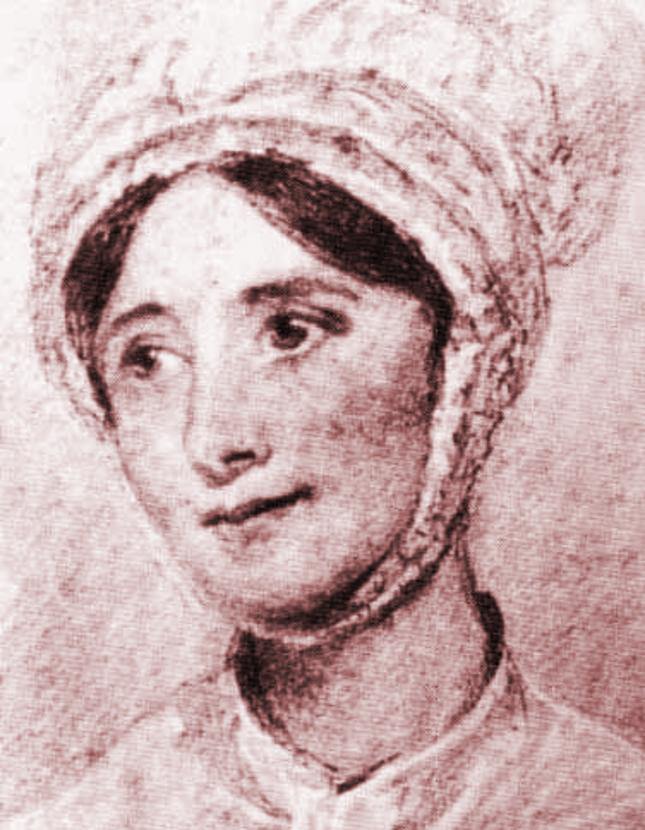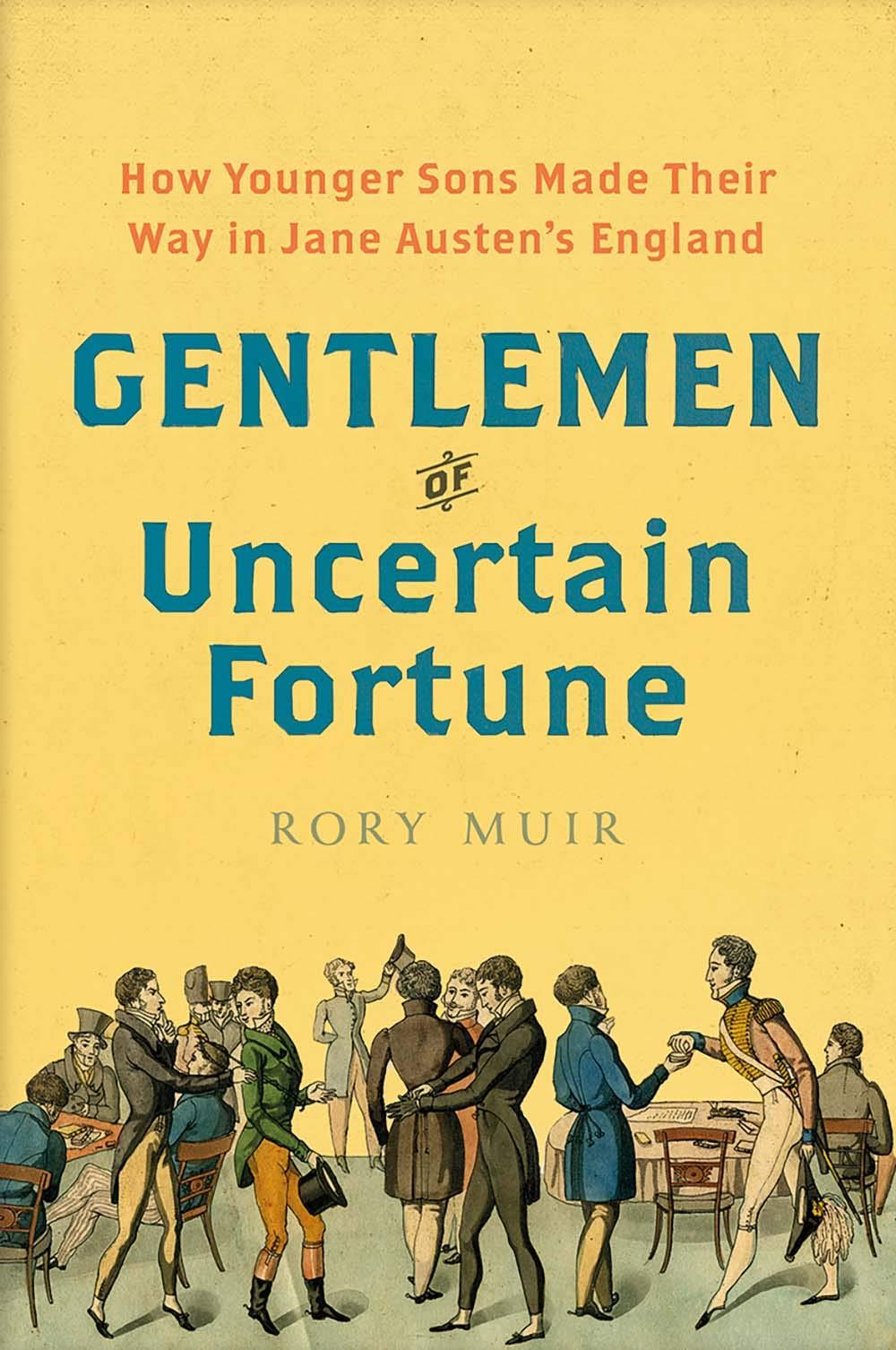No. 1, Bath Street and Mary Smith
On Thursday 8 August 1799, Jane Austen’s aunt, Jane Leigh Perrot, visited the Haberdashery Warehouse at Number 1 Bath Street, near or opposite the King’s Bath. She bought some black lace and was accused of stealing a card of white lace. The subsequent events are well known.
The history of No. 1, Bath Street is interesting and can be reconstructed from the advertisements in the Bath Chronicle. The Bath Improvement Act 1789 provided for a number of improvements to the city, including a communication from the King’s Bath Pump Room to the Hot and Cross Bath Pump Rooms by a new street, with colonnades, through the west side of Stall Street. The first stone of the new street, to be called Bath Street, was laid on 30 March 1791. On the stone there is an inscription in abbreviated Latin which the Bath Chronicle translates as follows: For the honour and dignity of this City, these works were conducted by Commissioners by Parliament appointed for its improvement, 1791. John Horton, Mayor. T Baldwin, Architect. In April and May 1793 there were advertisements for the sale of:
That Large and Commodious New-built House, No. 1, BATH STREET Five rooms upon a floor. It’s being so centrical, and standing between the two Baths, and so near the Pump Room, renders its situation (beyond a doubt) one of the first in this city. The said house is let, to very responsible tenants, on a running lease, at the yearly rent of £168.
In May and July 1795, there are advertisements for Gregory and Co, Milliners, Mantua-makers, Haberdashers, and Glovers, residing at No. 1, BATH STREET, near the King’s Bath. Apparently they had already been trading for some time. Gregory and Co may have included Elizabeth Gregory. In January 1796, William Smith announced that he had moved from No. 13, to No. 1, Bath Street, and joined his wife, formerly Mary Gregory, the sister of Elizabeth. His advertisements in January and June 1797 end with the words: “An Elegant Suit of Apartments to let, furnished.” No doubt the lack of tenants was one cause of his subsequent financial difficulties. Mrs Smith appears for the first time in an advertisement on 11 May 1797, William Smith for the last time in an advertisement on 16 November 1797. There is then a gap until 9 August 1798, when Mary Smith announced a sale of stock “at very reduced and low prices, such as cannot fail giving great satisfaction”. After a list of the goods for sale, she added two more paragraphs:“MARY SMITH hopes those friends who have for several years past honoured her with their commands, will continue their encouragement as it shall be her particular care to provide a constant succession of new articles worthy their attention, and her greatest wish to merit by assiduity their favour. BATH, Aug 4, 1798."
“All persons who have any legal demands on the estate and effects of Wm SMITH are requested to send their accounts immediately; and those indebted to the said estate are desired to pay the same without further notice to Mr L Lambe, grocer and tea-dealer, Stall Street; Mr Gye, printer, Market Place; or to Mrs Smith, aforesaid, who are duly authorised to receive the same.”
She advertised again on 8 November 1798 and on 28 March and 4 April 1799. There is then a gap until 3 October 1799. On 1 August Wests, Milliners, announced that they were moving into No. 3, Bath Street. Competition in Bath Street must have been fierce. On 23 October 1800 Wests announced that they were moving to No. 34, Milsom Street, “Millinery Rooms Up-stairs.” And R Arnell, another milliner, who had been at No. 13, Bath Street since 15 December 1796, disappeared after 18 December 1800. When Mary Smith returned to Bath from Cornwall, she put the following advert in the Bath Chronicle on 3 October 1799:Haberdashery, Fur & Lace Warehouse No. 1, BATH STREET, BATH.
The Public in general are most respectfully informed, that the LARGE STOCK of a BANKRUPT has been just purchased in London for ready money, and will be disposed of full FORTY per CENT under the regular prices, at the above Warehouse, usually carried on in the name of SMITH; Consisting of Ribbons, Gloves, etc, etc.
A second advert followed on 21 November 1799:Haberdashery, Lace, and Fur Warehouse; No. 1, BATH STREET.
The Proprietor of the above Business most respectfully informs her Friends and the Public that SMITH is just returned from London, where she has laid in an entire New Stock of the following Articles for the Winter Trade, the whole of which she is enabled to tender at very reduced prices; consisting of Black, Silver, and Isabella BEAR MUFFS, from 12s. to 5gs. etc, etc.
A third on 6 February 1800:No. 1, BATH STREET.
SMITH respectfully informs her Friends And the Public, that she has this day commenced SELLING OFF THE REMAINDER OF HER WINTER STOCK, AT VERY REDUCED PRICES, In order to make room for SPRING GOODS; Consisting of FURS of every description;
….
WITH A VARIETY OF FANCY ARTICLES TOO NUMEROUS TO MENTION. S. begs the LADIES’ particular attention to the above, as she is determined to dispose of the whole, well worth the attention of her Friends.
And a fourth advert on 10 and 17 April 1800, after the decision of the Taunton Assizes, and in a column next to William Gye’s pamphlet about the trial:No. 1, BATH STREET
CHEAP HABERDASHERY, HOSIERY, LACE, GLOVE, and FUR WAREHOUSE.
SMITH most respectfully begs leave to Inform her Friends and the Public, she is recently returned from London, where she has purchased a very large and elegant Assortment of FASHIONABLE FOREIGN and BRITISH BLACK and WHITE LACES, for TRIMMINGS; LACE CLOAKS and VEILS, etc. etc.
SMITH assures her friends they may depend on having every article in the FANCY WAY immediately on their being introduced in Town, as her connections are well established with the first Manufacturers in London. SMITH returns her most grateful thanks to those numerous friends who have hitherto honoured her with their favours; and assures them every exertion in her power shall be made to merit a continuance of the same.
After that there were 11 more advertisements in 1800 and almost one a month until 26 March 1807, making a total of 80 adverts in her name in the period 1798-1807. Of special interest is the advert on 8 and 15 December 1803:GREAT BARGAINS! To be SOLD OFF, at and under Prime Cost, FOR THE BENEFIT OF THE ESTATE OF W SMITH, DECEASED,
All the Newly-selected and Valuable STOCK of LACES, etc. At No. 1, BATH STREET.
N.B. All persons indebted to the above Estate are requested to pay the same into the hands of M SMITH, the Administration, at No. 1, Bath Street; -- and all persons to whom the said Estate is indebted, are desired to send in their accounts.
The last advert, on 26 March 1807, is as follows:SMITH’s HABERDASHERY and LACE WAREHOUSE, No. 1, BATH STREET.
M SMITH respectfully offers to her Friends and the Public the Remaining Part of her WINTER STOCK, AT VERY REDUCED PRICES; (In order to make room for SPRING GOODS;) Consisting of millinery, etc.
To which (as Great Bargains) she begs the attention of her Friends.
Mary Smith
In all previous accounts of the affair Mary Smith has been a shadowy figure. She was the wife of William Smith, milliner and haberdasher, who went bankrupt and absconded. She ran the warehouse briefly herself. In 1799 she went down to Cornwall and never re-appeared. It seems to be assumed that Elizabeth Gregory kept the shop, with Charles Filby, until the trial, after which “the Man is off and the Shop I hear must be ruin’d” (Jane’s letter of 14 April 1800). The truth is very different. She was clearly a brilliant businesswoman, who ran the warehouse successfully herself from 1798 to 1807, apart from a short period in August 1799. Our information ends on an optimistic note, a sale of the winter stock in order to make room for the spring goods. That leaves a lot of questions. When she returned to Bath in September 1799, she took the business back in hand, trading in her own name as proprietor. Did she sack Filby? He pretended to be very ill (MacKinnon, 28).
That may have been to explain why he was no longer in the shop. Did she sack Elizabeth Gregory, her sister? When Mr Dallas cross-examined her at the trial, she said she knew of an advertisement having been made in Smith’s name, for selling off the stock (Pinchard, 11). That presumably refers to the advertisement of 6 February 1800. It is an odd question to ask a member of staff, who would have been involved in the sale itself, but a reasonable question for someone who was no longer a member of staff. The evidence at the trial is about who was keeping the shop and carrying on the business on 8 August 1799. There is no mention of who was doing so on 29 March 1800. What did Mary Smith think about the prosecution? Did she simply decide to have nothing to do with it, on the basis that she was not there at the time? Where was Mary Smith on the day of the trial? Did she stay in Bath, running the shop?
This article was written by guest contributor, David Pugsley, who is the Honorary Archivist of the Western Circuit.
Enjoyed this article? If you don't want to miss a beat when it comes to Jane Austen, make sure you are signed up to the Jane Austen newsletter for exclusive updates and discounts from our Online Gift Shop.



Leave a comment
This site is protected by hCaptcha and the hCaptcha Privacy Policy and Terms of Service apply.